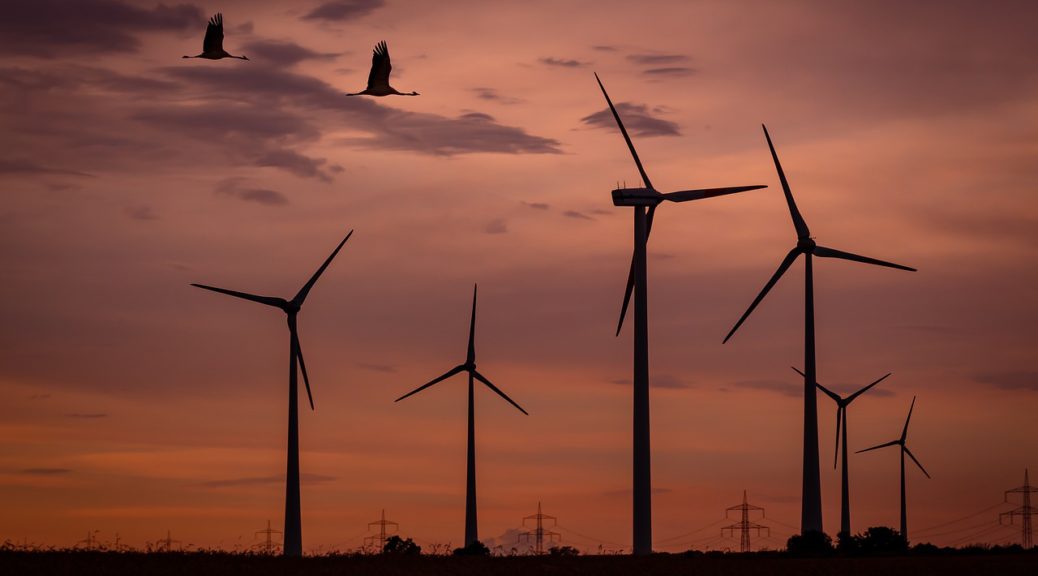Denmark is a world leader in renewable energy generation. We investigate how this tiny country came to occupy a dominant position.
Denmark is one of the world leaders in renewable energy, occupying a strong niche in the area of energy generation from wind energy.
Danish companies with global dominance include the likes of Vestas, Dong Energy (owned by the Danish government and with assets in oil and gas as well as wind) and Siemens Wind Power (which was bought out by German giant siemens in 2004, having previously been known as Bonus Energy).
Denmark is an example of what can be achieved with a government that is committed to moving its resources away from fossil fuels and towards renewable energy.
The roots of its energy policy lie in a forward thinking government that as early as the 1970s saw the opportunities present in renewable energy, investing in offshore wind projects and later propagating the development of cooperatives that enabled local communities to take a cut of any profits.
The first wind turbine cooperative was founded in Aarhus in the 1980s and since then they have proved popular with Danish investors, which are able to offset the cost of the loan for purchasing the wind turbine against their income.
Denmark is now approaching its target of achieving 100 per cent energy generation from renewable sources by 2050, with over 40% of its energy derived from wind power in 2015.
There have been substantive improvements in wind farm technology over the years that have enabled this growth, however in the case of Denmark the move to wind energy has been driven by a political will allied to a creative system that has enabled average Danes to benefit from income accrued from the projects.
